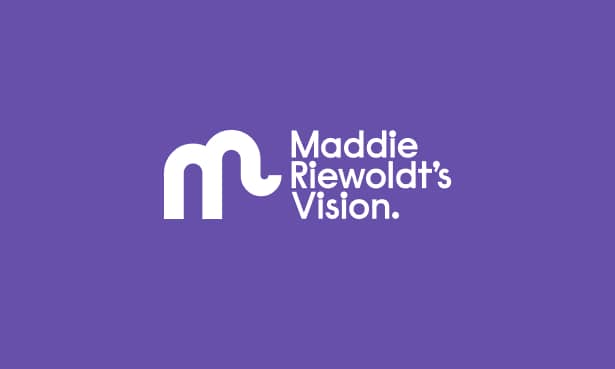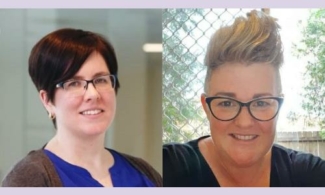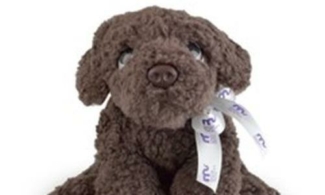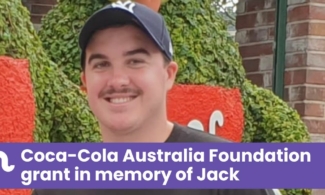Maddie’s Vision supports patients living with Bone Marrow Failure Syndromes, their families and carers through our Telehealth Nurse service.

World Rare Disease Day 2024
Rare Disease Day, held this year on February 29, is a global movement that aims to recognise and raise awareness for the 300 million people worldwide who are living with a rare disease, along with their families and caregivers.
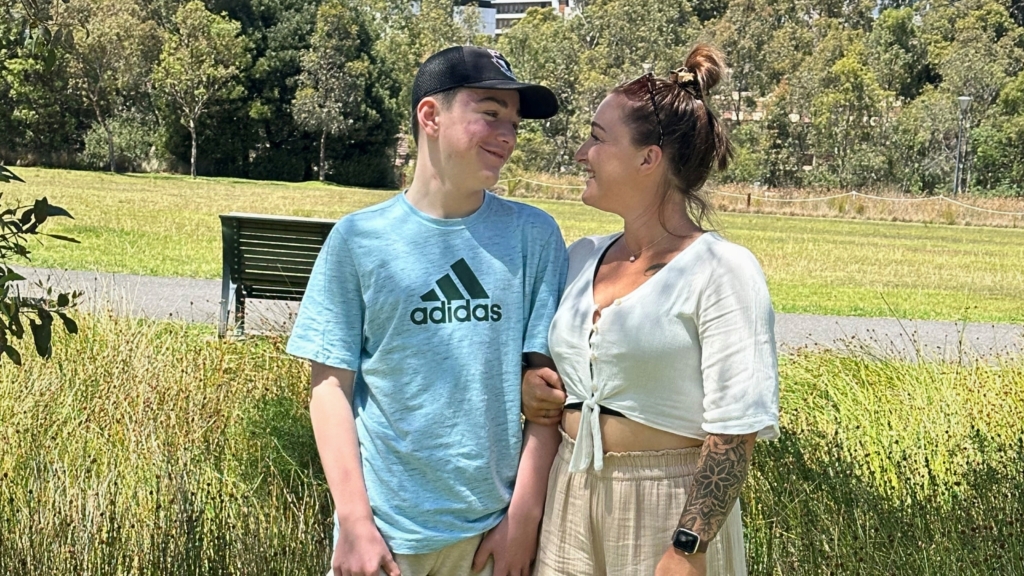
Bone Marrow Failure Syndromes are rare diseases with 160 people newly diagnosed in Australia each year. These Syndromes are complex, and only 50% will survive. Patients and their families often experience isolation and significant challenges as they try to navigate these devastating conditions.
For patients and families affected by rare diseases like Bone Marrow Failure Syndromes, it can be difficult to find accurate information about their diagnosis and treatment options. It’s even more challenging to connect with other families who are going through the same thing. That’s why Maddie Riewoldt’s Vision supports patients and families through our Telehealth Nurse Service and our Peer Support Program, whilst also raising awareness of Bone Marrow Failure Syndromes within the community.
Maddie’s Vision is proud to work with patients and families to ensure that their experiences and voice are integrated in all aspects of what we do. By sharing these stories, we also hope to raise awareness of how rare diseases impact their lives:
Jess, mum to Seth who was diagnosed with Severe Aplastic Anaemia at 8 years old
“I guess that what I would like people to know about being impacted by a rare disease, is that it is so terrifying and so lonely. Obviously receiving any life-threatening diagnosis is terrifying, but when you receive a life-threatening diagnosis that is also rare, it becomes next level.
Because there just isn’t the awareness and support as there is for more common diseases. And in a lot of cases, ours included, it can mean multiple doctors, tests, and hospitals before even getting a diagnosis. For us, the diagnosis didn’t come until we had been seen at three hospitals and put on an interstate flight from Tasmania.
It can also pose the possibility of an initial incorrect diagnosis, which was initially the case for us and also for other Aplastic Anaemia families we have spoken to.
I recall Seth’s specialist admitting to us at the time of diagnosis that although Aplastic Anaemia does present quite similar to Leukaemia, it is a vastly different road to be travelling on in that it is so rare, and it doesn’t have the awareness and support that Leukaemia does. He said that when they give a family a diagnosis of Leukaemia, it is generally a very straightforward treatment path from there, but that with Aplastic Anaemia, the appropriate treatment path is a lot more difficult to determine as it is so rare.
Seth mentions how being impacted by a rare disease has meant that he still, four years into this journey, is yet to meet someone with the same condition as him.
It honestly scares me to think about how on earth we would have coped if it wasn’t for Maddie Riewoldt’s Vision, the one and only support organisation dedicated to this awful disease.”
Anna, mum to Zahra who was diagnosed with Myelodysplastic Syndrome at 3 years old
“When my daughter Zahra was diagnosed with Severe Aplastic Anaemia and Myelodysplastic Syndrome, we felt helpless as there was little information on what Bone Marrow Failure Syndromes are. As we were new to this world, there was a lot we didn’t know. This is why I feel strongly that we need to keep raising awareness and sharing information about Bone Marrow Failure Syndromes.
One of the hardest parts of being impacted by a rare disease is that there is little opportunity to connect with other people who are going through the same situation and can understand what you are feeling. This is one of the reasons I’ve become a peer facilitator in the new Maddie’s Vision Peer Support Program, so that other patients and families can have a safe place to connect and support each other.”
Judy, mother of Joel who was diagnosed with Severe Aplastic Anaemia at 3 years old
“Being a parent of a child newly diagnosed with Aplastic Anaemia was very scary, overwhelming and at times very lonely. We had never heard of it. In fact, there were very few people out there who had heard of Aplastic Anaemia.
Being put in touch with the Telehealth Nurse from Maddie Riewoldt’s Vision made our journey far less lonely. We are so grateful for all the work by Maddie Riewoldt’s Vision, as this rare disease is no longer an unknown disease. My son is now in remission, and knowing that there is ongoing research into Aplastic Anaemia gives us hope should anything ever change.”
Teresa, who was diagnosed with Schwachman Diamond Syndrome when she was 3 years old, shares some insights and advice on navigating a rare disease diagnosis
“What I would like to say to others living with a rare illness, especially an invisible one, is that I know from experience that it can be a challenge. Well-meaning people who don’t understand may say things like, “But you don’t look sick”,or “You look fine/well” and so on. Don’t let this get you down, but also don’t try and fit in when you were born to stand out!
There seems to be a generalised view of when different conditions, symptoms and health issues happen at certain ages, but this is not always the case by any means. We need to break the stereotype and assumption of age being a factor as to whether or not you receive a test for a rare disease. You know your body best! If you feel like something is wrong, then keep on asking until whoever you are seeing takes action. Be persistent, no matter what.
Live your life to the fullest. You are the only one who ultimately knows what you are and aren’t capable of, so don’t ever let anyone else tell you what you can and cannot do.
When your health is impacting your life know that there is no rainbow without the storm. These challenges are the storm. The bigger the storm, the brighter your rainbow!
Find a creative outlet that allows you to express yourself. There are so many things where putting it into words is hard. Paint it, draw it, dance it, play a musical instrument, cook it, garden it… do whatever feels right for you. Being creative can be a good way to have some time out from everything that’s going on or it can be a good way to connect, share and create with others.”
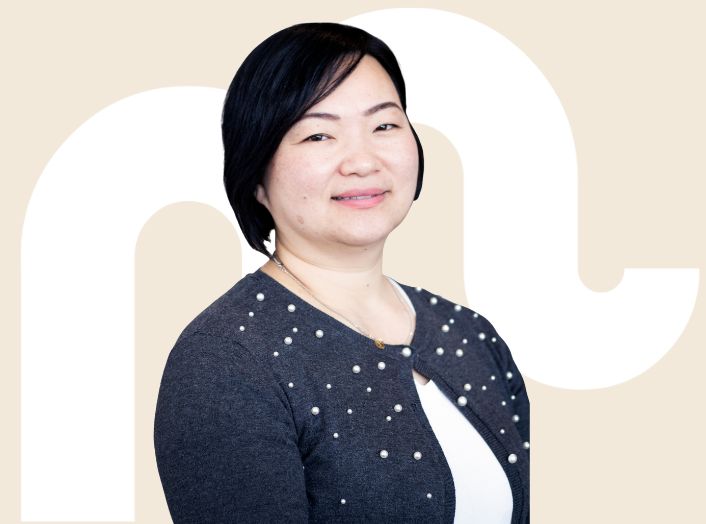
Related Articles
Welcome to our new CEO, Amy Coote
The Board of Maddie’s Vision is delighted to introduce our new CEO, Amy Coote. Amy will be officially joining us on 15 November, and we’re excited to welcome her to the ...
Read moreMeet our latest Fellowship recipients: Dr Rachel Koldej and Rachel Edwards
Our Centre of Research Excellence (CRE) has commenced the new year with a spectacular...
Read moreOscar – a very special dog
Fiona Riewoldt speaks about how Oscar was with Maddie all the way through her fight and remains an important part of their family.
Read moreCoca-Cola Australia Foundation grant in memory of Jack
We’re thrilled to announce that Maddie’s Vision has been awarded a Coca-Cola Australia Foundation (CCAF) grant, which we applied for in memory of Jack McIlvar, who passed away from ...
Read more

